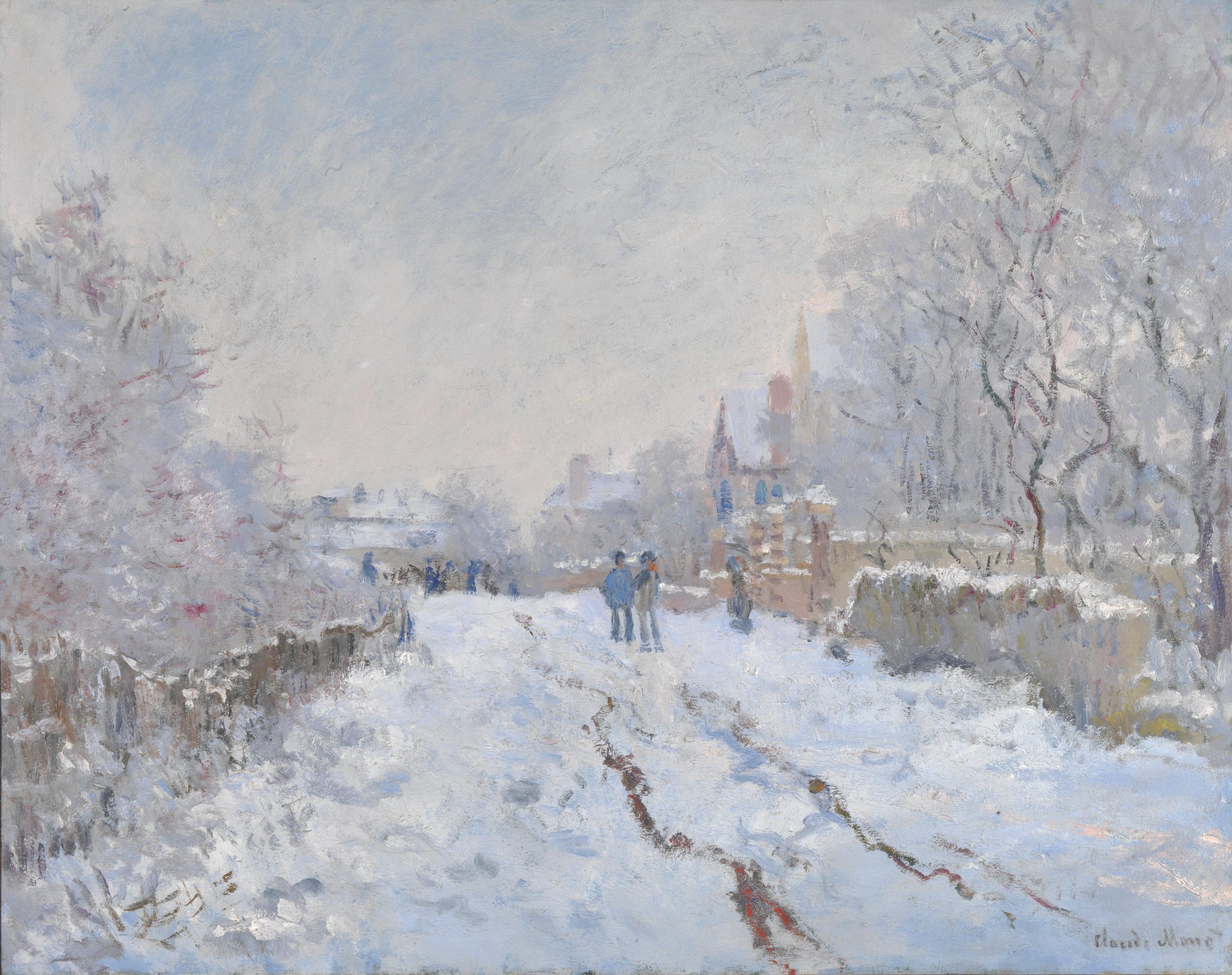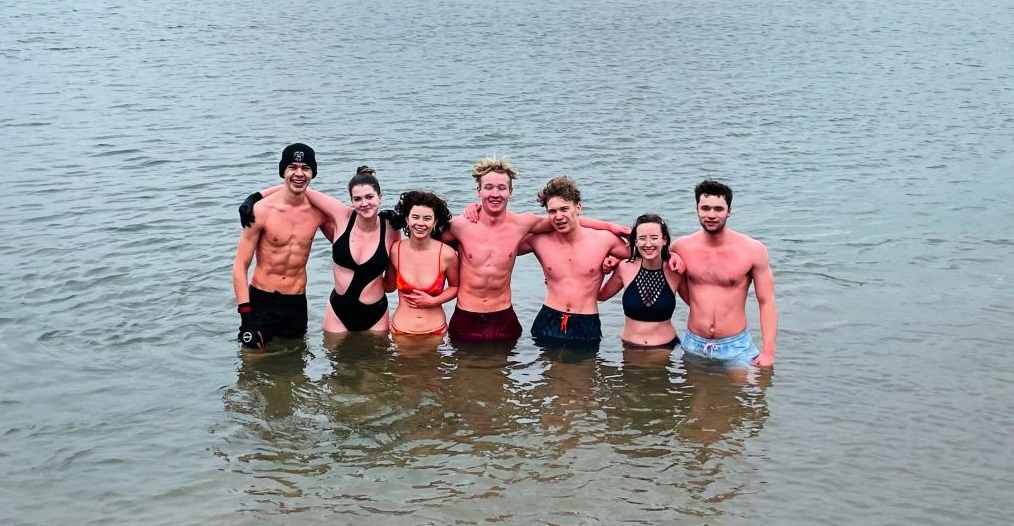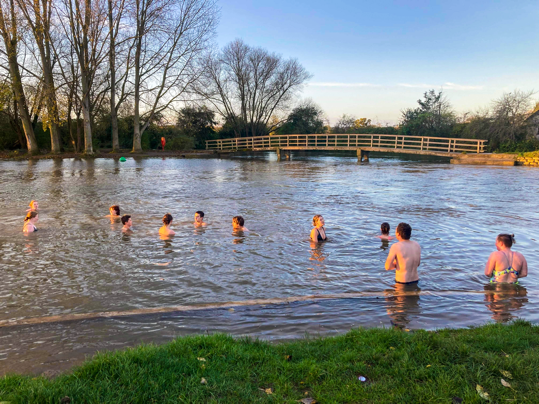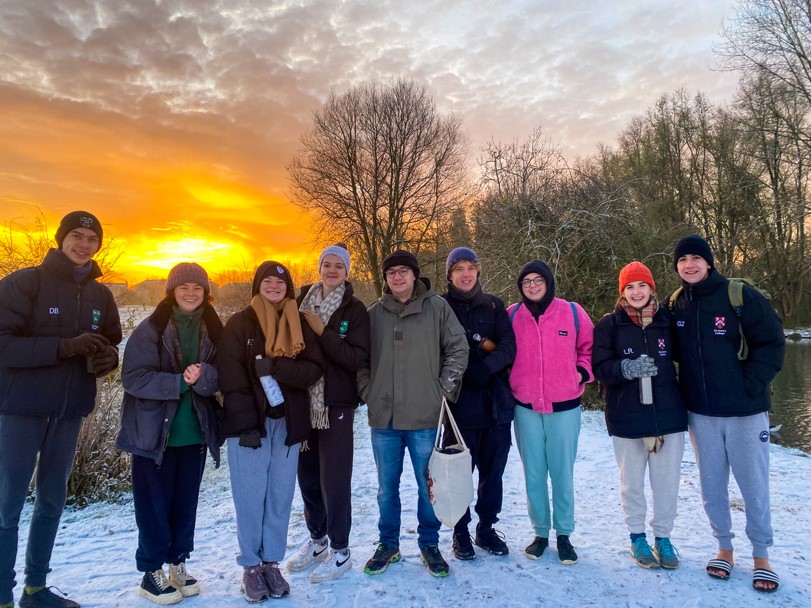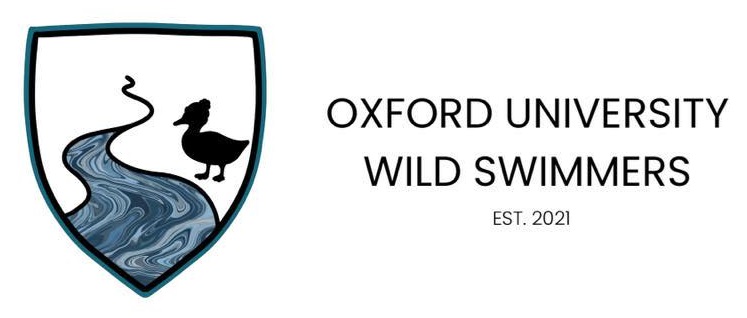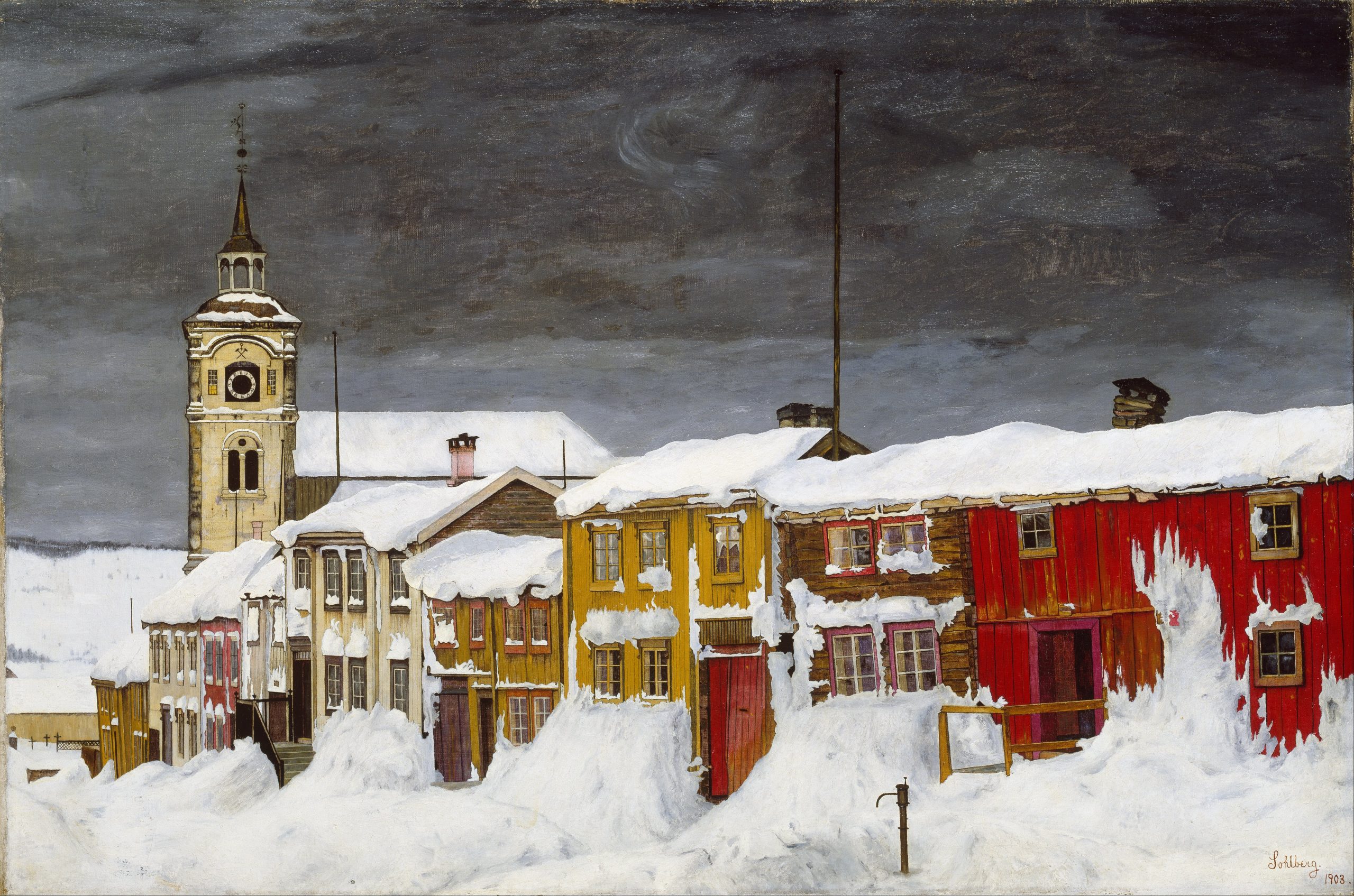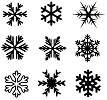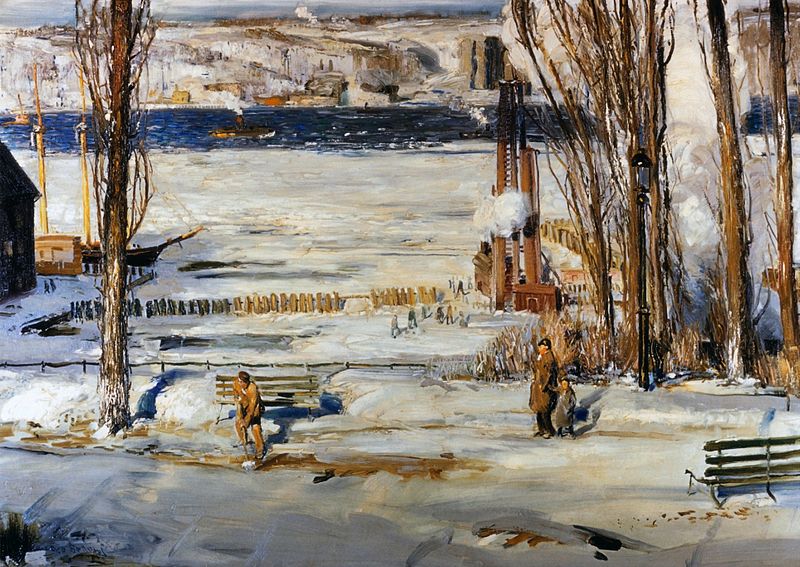Category Archives: Snow & Ice
- Home
- Archive by category "Snow & Ice" (Page 2)

Outdoor Deicing & Snow Melting
Today our focus turns to outdoor electric deicing and snow melting wiring systems identified as suitable for the environment and installed in accordance with the manufacturer’s instructions. They work silently to keep snow load from caving in roofs and icicles falling from gutters onto pedestrian pathways.
While the voltage and ampere requirement of the product itself is a known characteristic, the characteristic 0f the wiring pathway — voltage, ampere, grounding, short circuit, disconnect and control — is relatively more complicated and worthy of our attention. Articles 426-427 of the National Electrical Code is the relevant part of the NEC
Free Access 2023 National Electrical Code
Insight into the ideas running through technical committee deliberations is provided by a review of Panel 17 transcripts:
2023 NEC Panel 17 Public Input Report (633 pages)
2023 NEC Panel 17 Public Comment Report (190 pages)
We hold Articles 427 in the middle of our priority ranking for the 2023 NEC. We find that the more difficult issues for this technology is the determination of which trade specifies these systems — architectural, electrical, or mechanical; covered in previous posts. Instead, most of our time will be spent getting IEEE consensus products in step with it, specifically ANSI/IEEE 515 and IEEE 844/CSA 293.
Comments on the Second Draft of the 2026 NEC will be received until April 18th.
…
We collaborate with the IEEE Education & Healthcare Facility Committee which meets online 4 times per month in European and American time zones. Since a great deal of the technical basis for the NEC originates with the IEEE we will also collaborate with IEEE Standards Coordinating Committee 18 whose members are charged by the IEEE Standards Association to coordinate NFPA and IEEE consensus products.
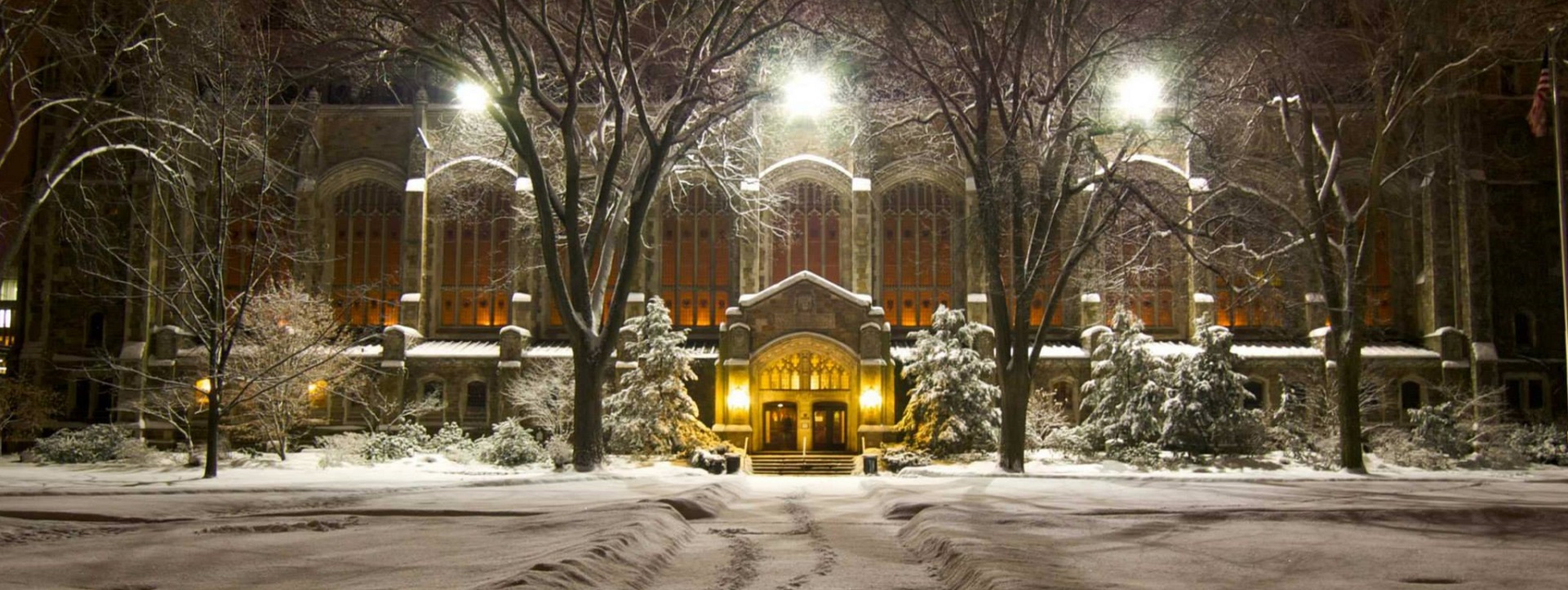
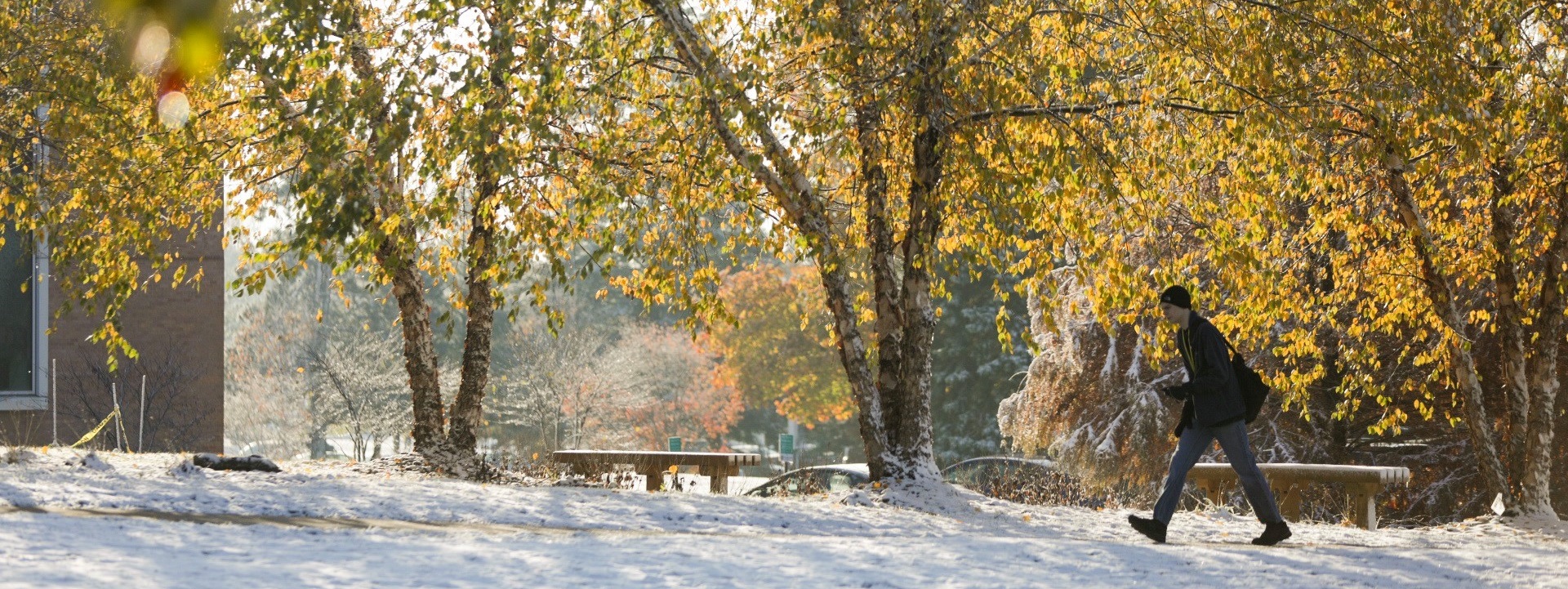
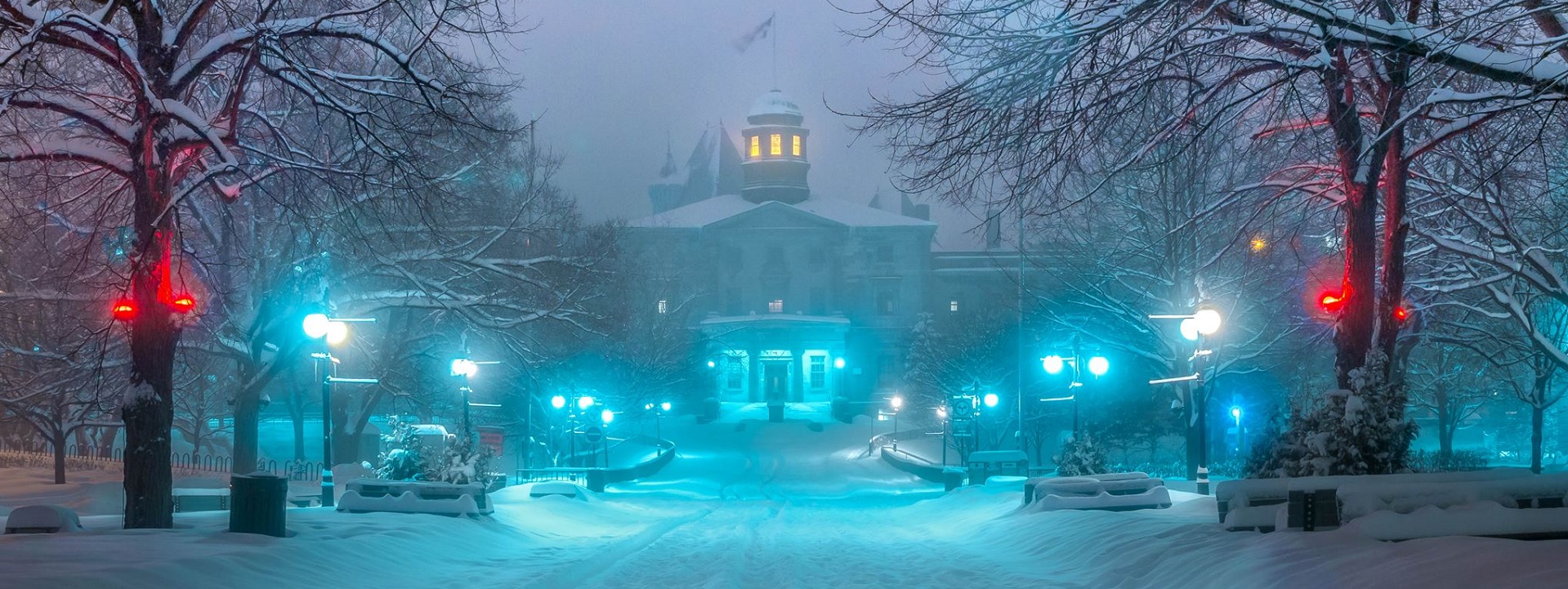
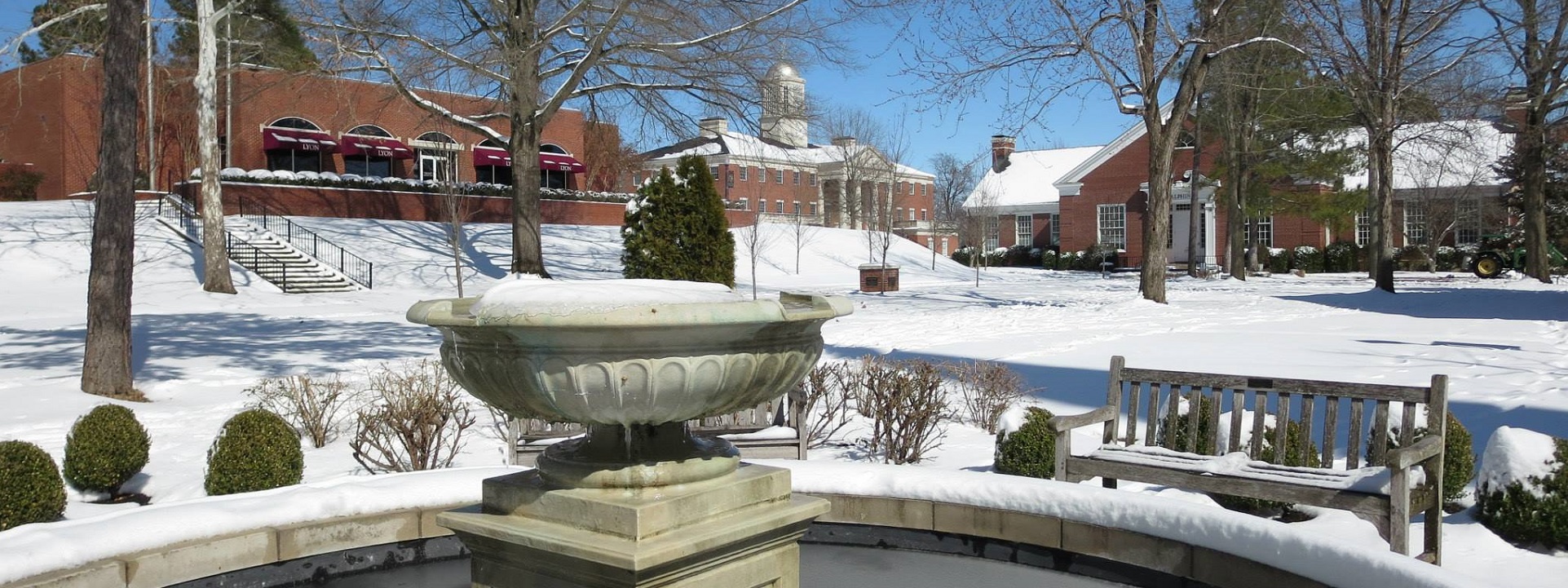
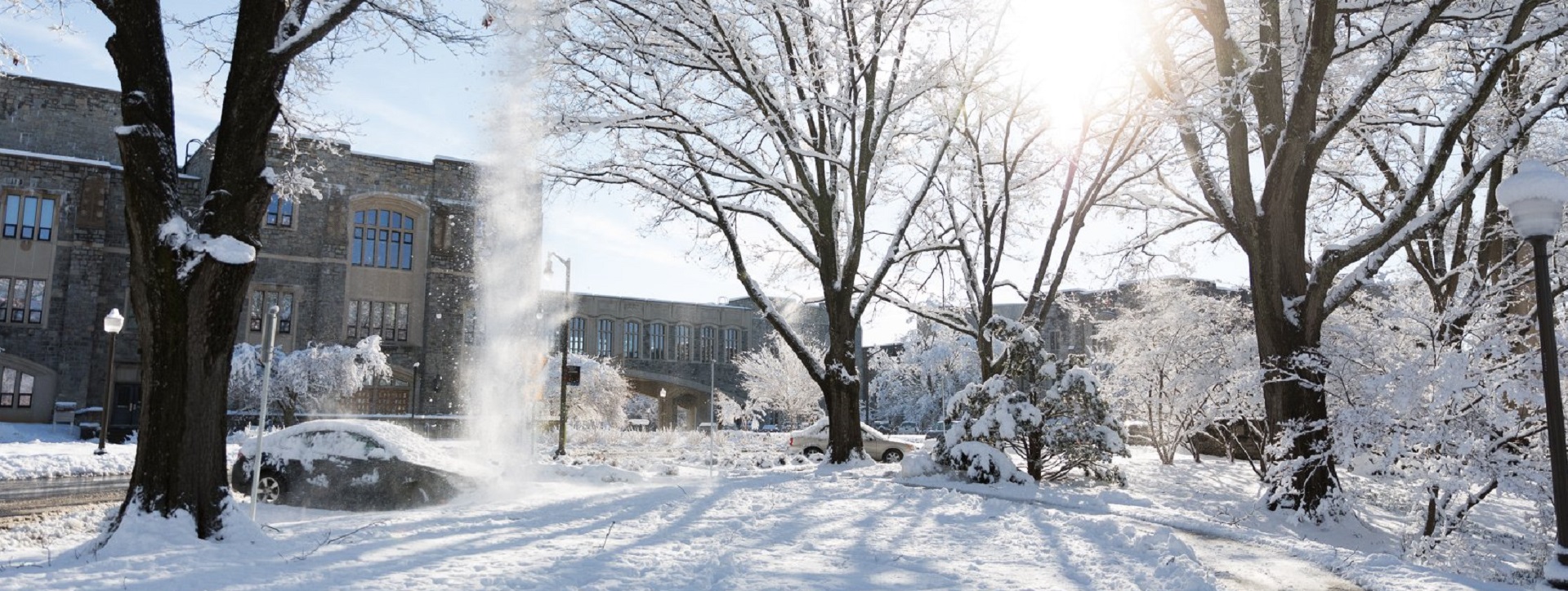
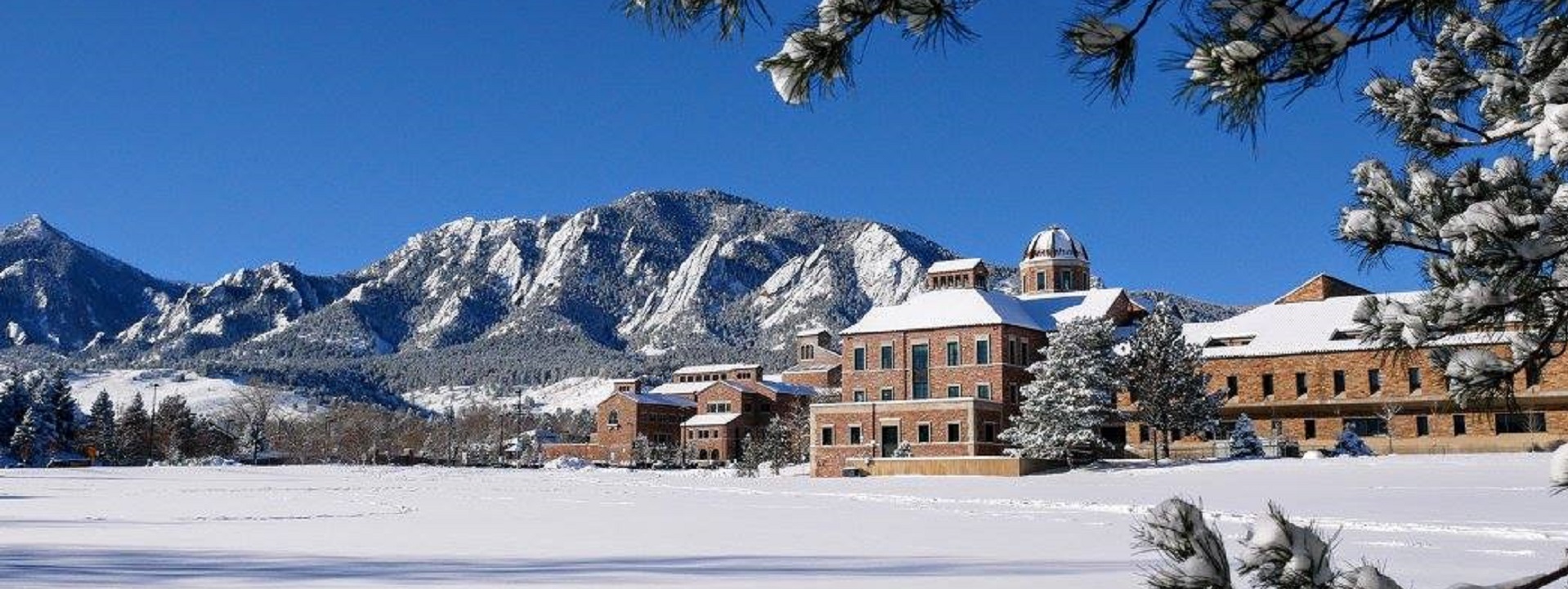
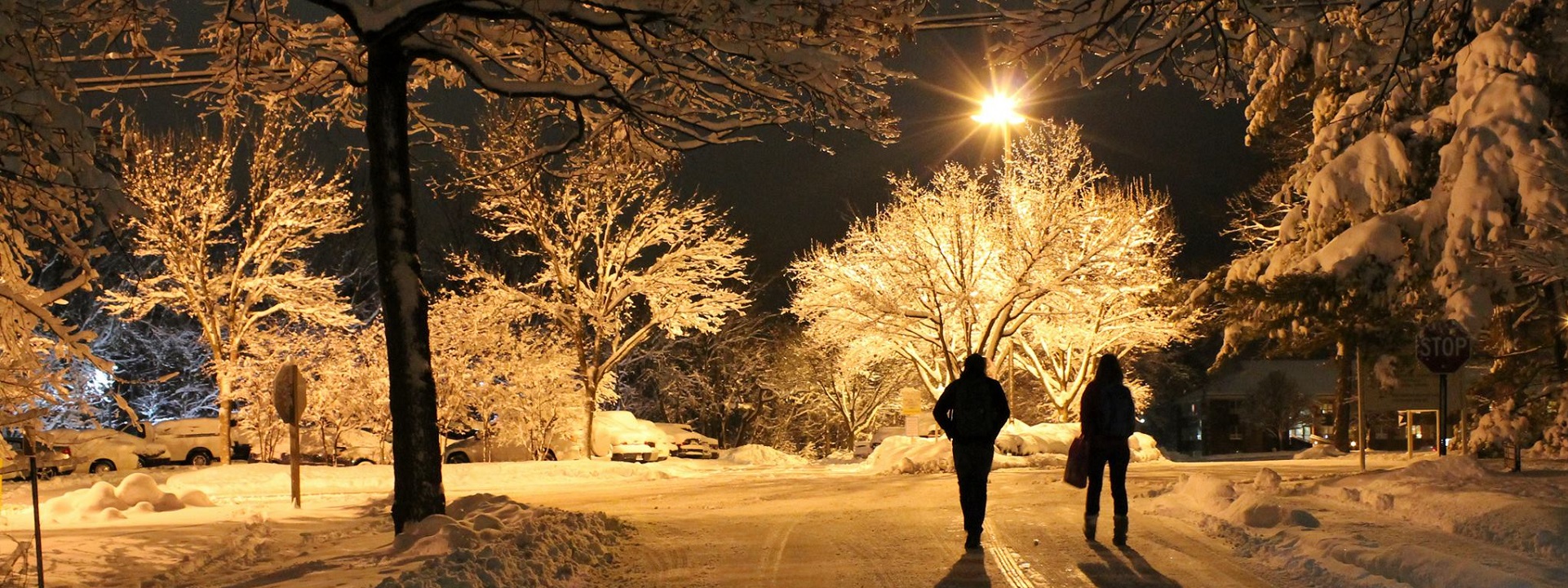
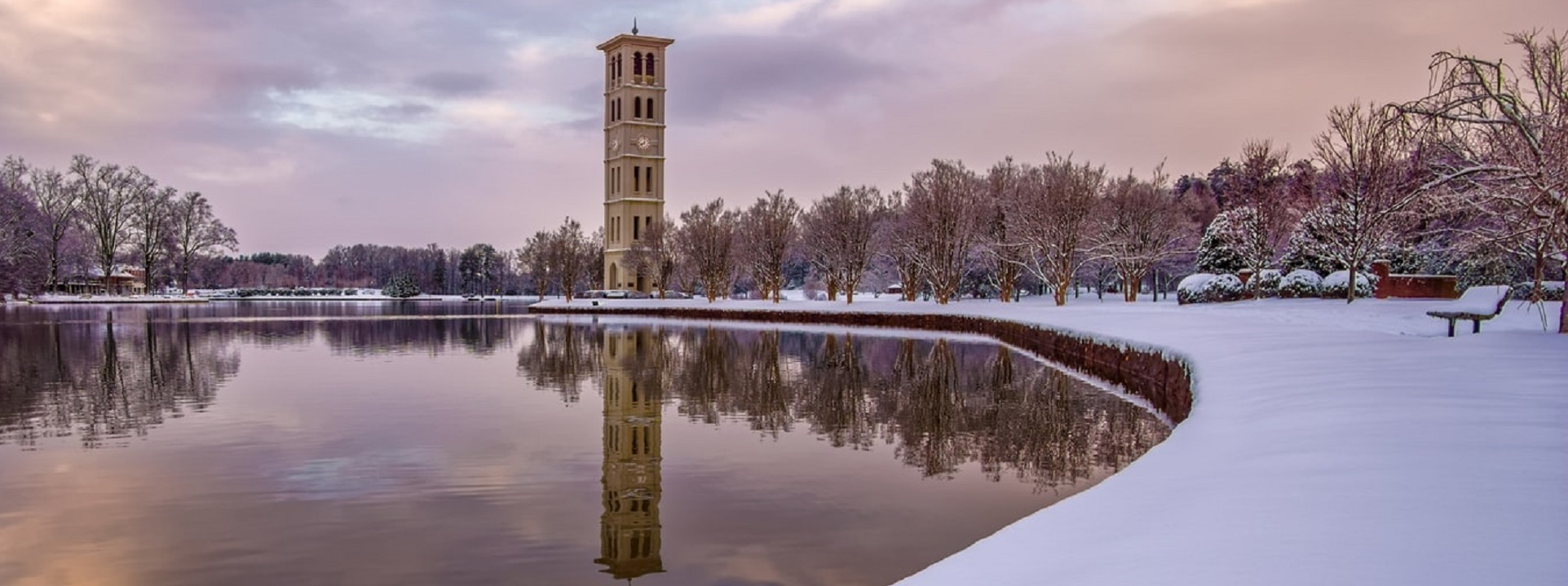
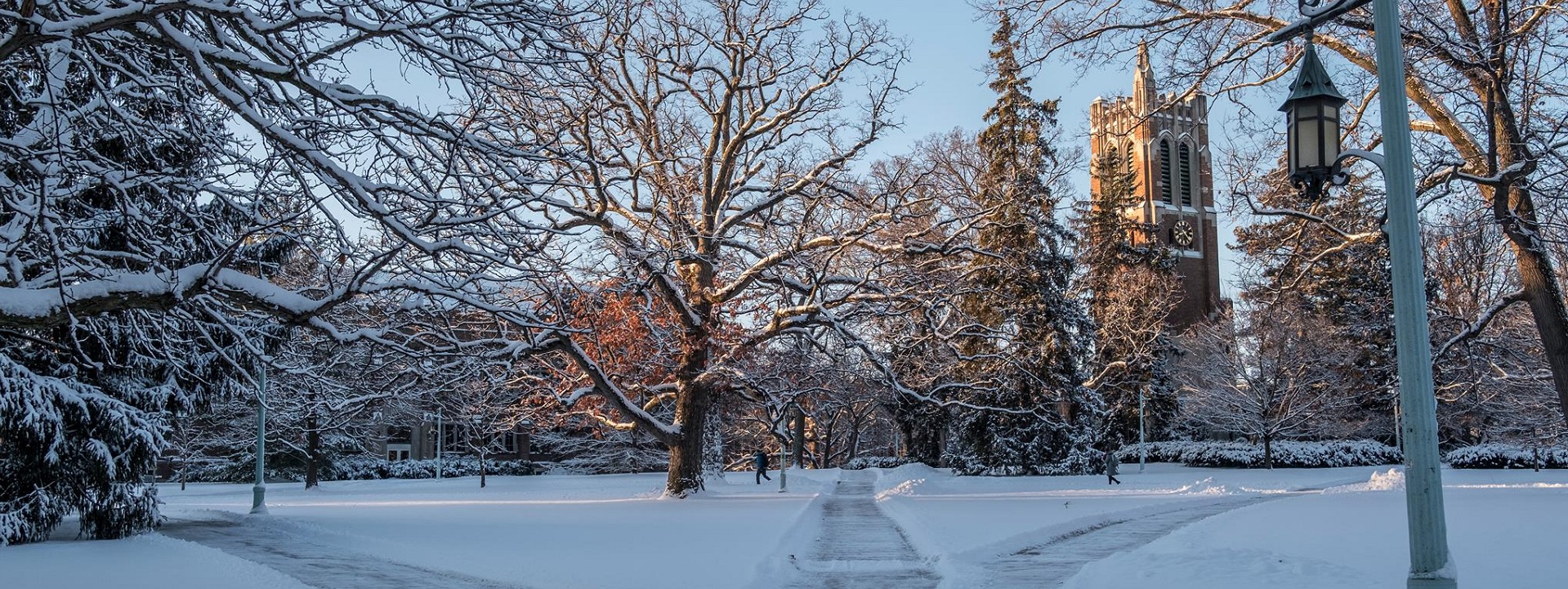
Issue: [19-151]
Category: Electrical, Energy
Colleagues: Mike Anthony, Jim Harvey, Kane Howard, Jose Meijer
LEARN MORE:
Wild Swimming
INTERVIEW: Student Ellie Ford on founding the University’s first cold water swimming group
| “Port Meadow is absolutely beautiful and a wonderful place to swim. We often swim in a different spot from other open water swimming groups in order to create a more relaxed environment – especially for our beginners. We do special beginners swims on Saturdays, to ease new members into the practise slowly and very carefully.
Safety is paramount, so I’ll walk them in to the water and they can immerse themselves as much as they want. We never allow anyone to jump or dive into cold water – the shock can cause a swimmer to gulp for air and subsequently ingest water; it’s always a gentle process.” — Ellie |
Sex Difference in Female and Male Ice Swimmers
Industrial electroheating and electromagnetic processing
The global standards for heat tracing systems are developed by IEC Technical Committee 27. The scope of work for this committee is reproduced below:
Standardization in the field of industrial equipment and installations intended for electroheating, electromagnetic processing of materials and electroheat based treatment technologies Note: The scope of interest covers industrial installations with the use of the following equipment: – equipment for direct and indirect resistance heating; – equipment for electric resistance trace heating; – equipment for induction heating; – equipment using the effect of EM forces on materials; – equipment for arc heating, including submerged arc heating; – equipment for electroslag remelting; – equipment for plasma heating; – equipment for microwave heating; – equipment for dielectric heating; – equipment for electron beam heating; – equipment for laser heating; – equipment for infrared radiation heating. The list presents typical examples of equipment and its applications and is not exhaustive.
CLICK HERE for the link to the TC 27 Strategic Business Plan
Titles in this committee’s bibliography appears to be stable. As with all IEC titles, they are relatively narrow in scope compared with the titles promulgated by most US standards developing organizations. Our interest lies primarily in the application of this technology within and around education community buildings.
While heat tracing generally goes un-noticed it is an essential part of cold weather safety. It is wise to keep pace with its evolution with innovation in materials and controls with the lead.
We maintain this committee’s work on the standing agenda of our seasonal Snow & Ice colloquia; along with US standards developed by UL, IEEE, NEMA, NFPA, ICC, ASHRAE and a few others. We also collaborate with the IEEE Education & Healthcare Facilities Committee on this topic. See our CALENDAR for the next online meeting; open to everyone.
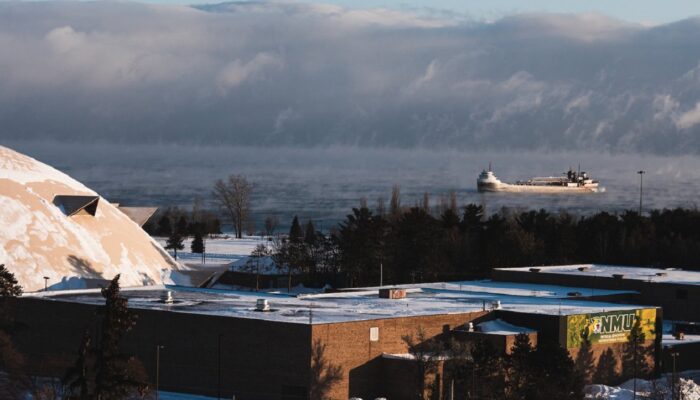
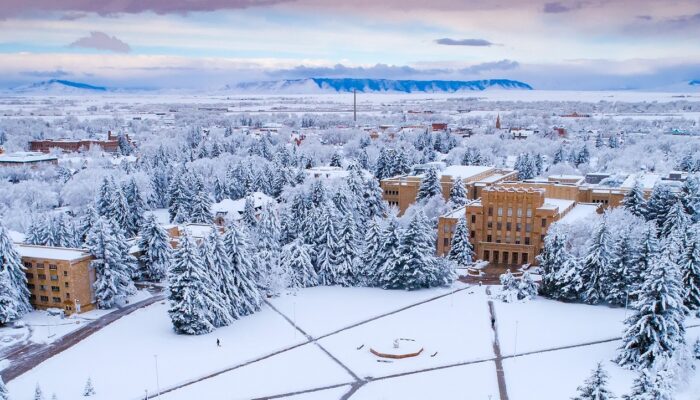
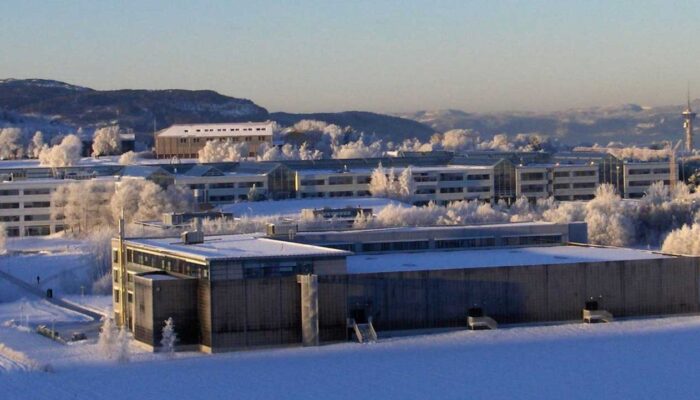

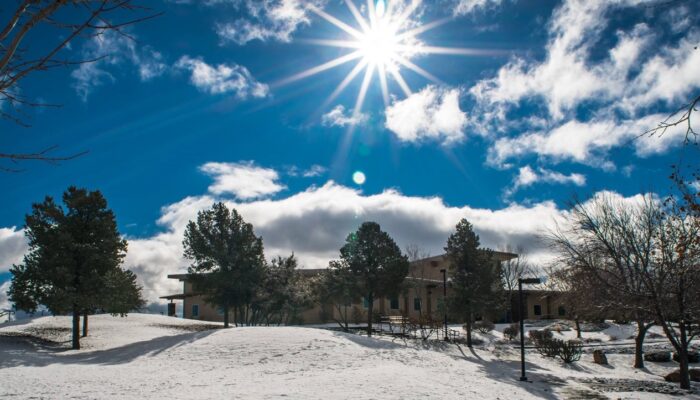
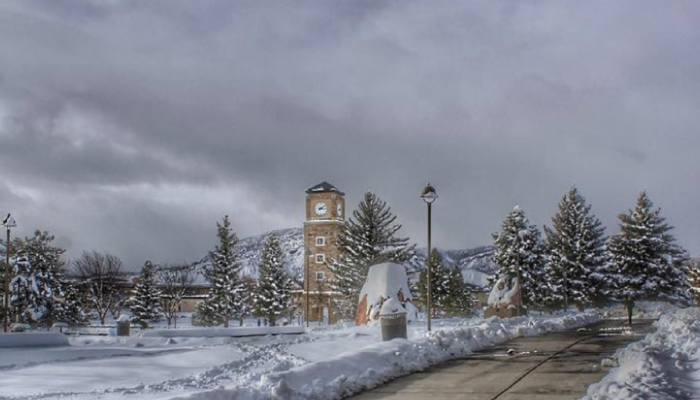
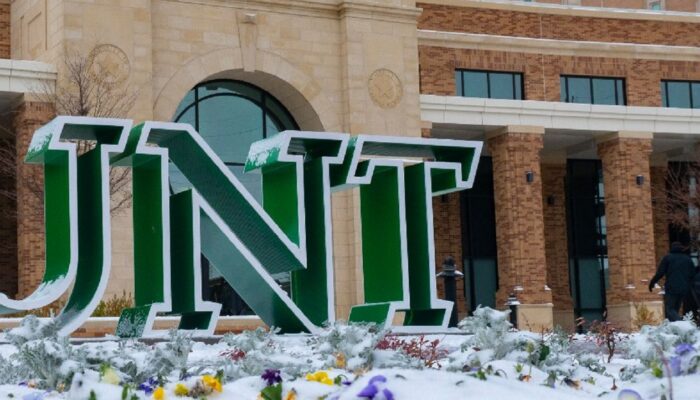
Issue [18-332]
Category: Electrical
Colleagues: Mike Anthony, Lorne Clark, Jim Harvey
Incredible snow removal
#Snowstorms ❄️ are no match for our facilities team. Watch to see what it takes to keep our #Northeastern community safe and our #Boston campus clean. https://t.co/lDcjFRRhlw
— Northeastern U. (@Northeastern) January 20, 2023
Bucolia 300
Why the “Arbor” in Ann Arbor Michigan?
Other Ways of Knowing Climate Change
Today we walk through literature governing the safety and sustainability of the open space features of education community estates. Unlike the titles for the building envelope, which are known to most design professionals and contractors, the standards for grounds and landscaping are widely scattered; many of them occupational safety related; created, administered and enforced by units of government.
During the fair seasons we examine the moment in landscape, garden, tree and water literature. We also track titles about the reclamation of building roofs for permeable surfaces and gardens.
During the winter months in the northern hemisphere we include snow and ice management; while covering summer month technologies for southern hemisphere (and vice-versa). Snowfalls in the southern hemisphere are mainly contained to the highlands and mountain ranges, which are almost exclusively in Victoria and Southern New South Wales, as well as the mountains in Tasmania. Winter does not pose as much of a cost burden to education facilities in the southern hemisphere as it does in the northern hemisphere.
|
Landscape standards refer to guidelines or regulations that specify the requirements for the design, installation, and maintenance of outdoor spaces such as parks, gardens, streetscapes, and public spaces. Landscape standards typically cover various aspects of landscape design, including vegetation selection, planting arrangements, irrigation systems, hardscape materials, and lighting. These standards may be set by government agencies at the federal, state, or local level, or by professional organizations such as the American Society of Landscape Architects (ASLA). Landscape standards aim to ensure that outdoor spaces are safe, functional, and aesthetically pleasing while also promoting sustainability and environmental protection. Landscape standards may also address issues such as accessibility for people with disabilities, water conservation, stormwater management, and erosion control. They may vary depending on the specific location, climate, and intended use of the outdoor space. Compliance with landscape standards may be required for approval of development projects, public funding, or other permits. |
We track the standards catalog of two ANSI-accredited standards developers:
Tree Care Industry Association
Additional practice titles applicable to accessory systems:
ASABE/ICC 802 Landscape Irrigation Sprinkler and Emitter Standard
National Electrical Code: Article 411 Low-Voltage Lighting
National Electrical Code: Article 225: Outside Branch Circuits and Feeders
Illumination Engineering Society (Lighting Library)
Land F/X: Landscape Lighting, Codes, Guidelines and Techniques
OSHA Landscape and Horticultural Services
As a cross-cutting subject involving soil and water and sun many other standards developers, and all levels of government, produce best practice literature for today’s topic. We’ll have a look at what’s moving among those.
To join us use the login credentials at the upper right of our home page.

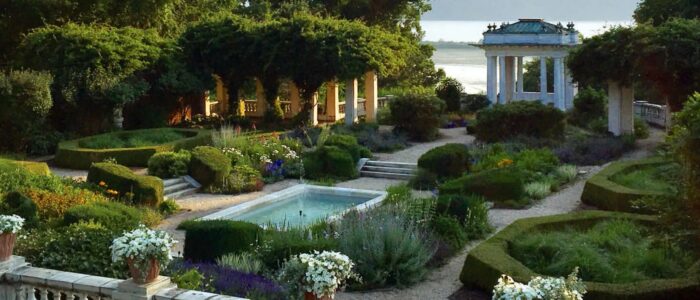
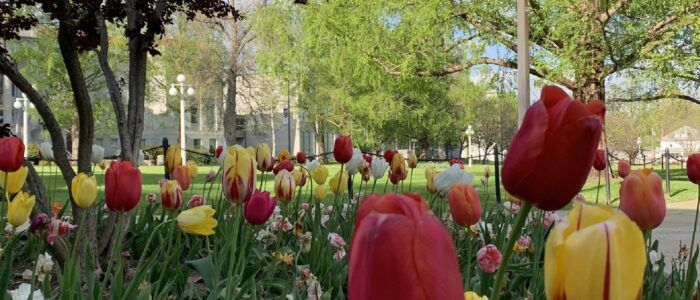
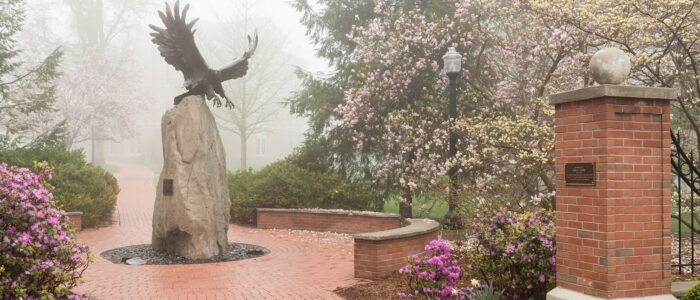
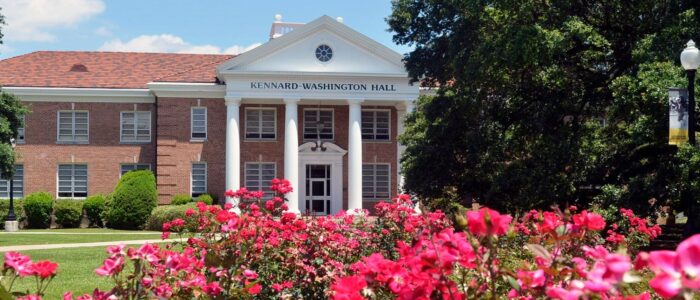
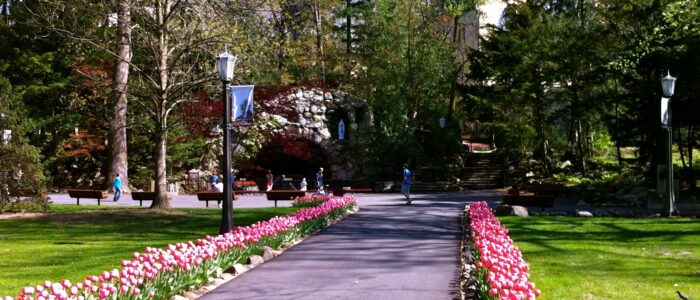

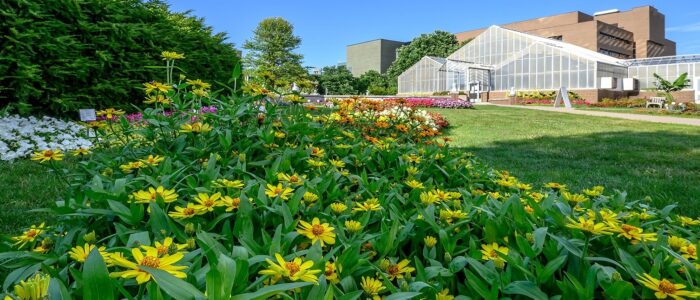

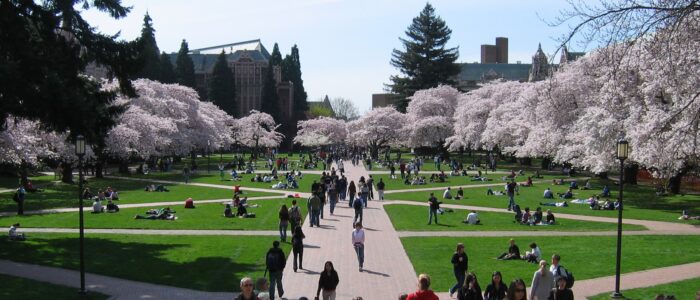
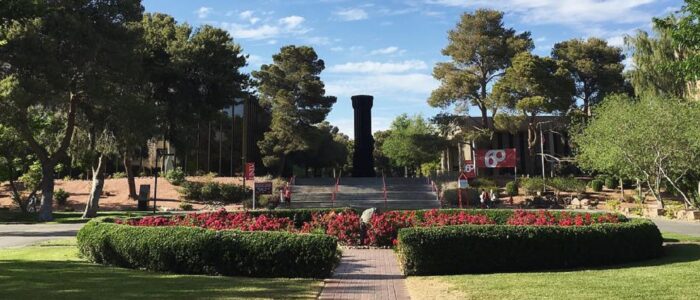
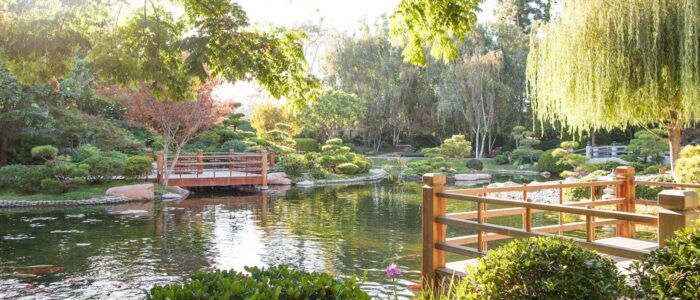
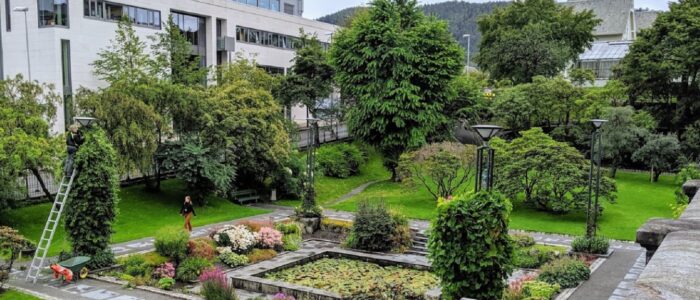
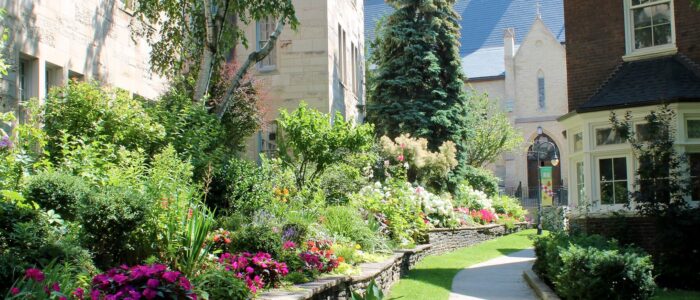
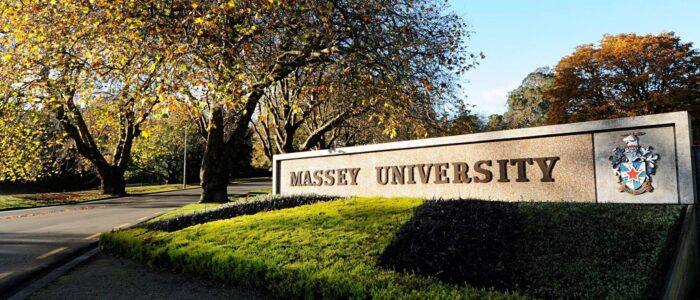

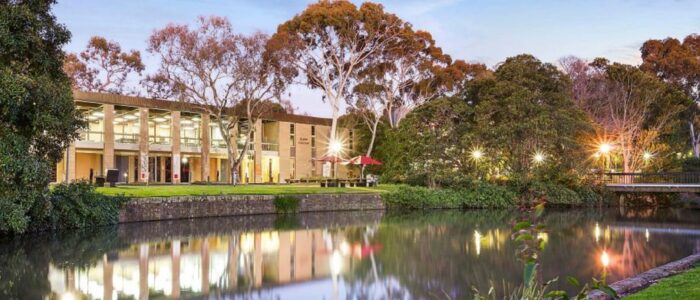
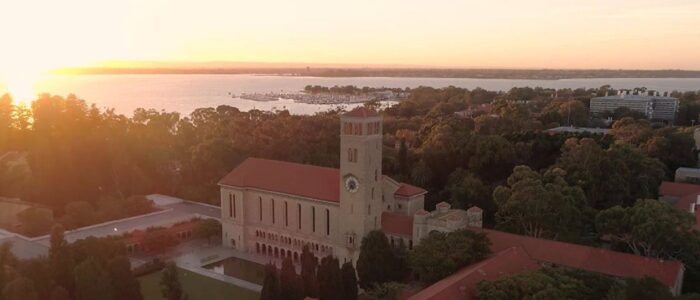
Nothing evokes the ancestral blood memory of a man quite like a photo of a peasant girl with goats pic.twitter.com/2hSTF5CcW6
— miss white (@cinecitta2030) July 13, 2025
Heat Tracing
The National Electrical Contractors Association best practice catalog features a suite of titles (National Electrical Installation Standards to meet the intent of the National Electrical Code (NEC); particularly where the NEC asserts that an installation be constructed in a “neat and workmanlike manner”. As anyone who has had to reckon with the subjectivity of the local electrical inspector knows, the determination of “neat and workmanlike” can be mighty subjective. The NECA documents are used by construction owners, specifiers, contractors and electricians to clearly illustrate the performance and workmanship standards essential for different types of electrical construction. Because the NEC is intended to be primarily a wiring safety standard, the NEIS suite is referenced throughout the National Electrical Code. Electrical shop foremen and front line electricians take note.
NECA Standards and Publication Development Home Page
One of the NECA products that may be of interest to facility managers and risk management units in the education industry this time of year is NECA 202-2013 Standard for Installing and Maintaining Industrial Heat Tracing Systems. About half of the United States deals with snow and ice half the year.
NECA 202 details procedures for the installation, testing, and documentation of electrical freeze protection and process heat tracing systems. Heat tracing cable types covered by this publication include: self-regulating, constant wattage, and zone heating cables and mineral insulated heating cables. 2 is approved as an American National Standard. The 2013 edition is the current edition and will likely need revisiting/revision/reaffirmation as an American national standard soon.
The technical literature that keeps pipes breaking and roofs failing is complicated space. A common conundrum in the construction industry is which discipline (architectural, mechanical or electrical) should specify application of this technology; especially in value-engineering negotiations when each discipline is trying to reduce its unit costs. Control and communication system add another layer of complexity. Several consensus standards occupy this technology; cross referencing one another and leaving gaps
ASCE 7-10 Snow Load Provisions
UL 515 Standard for Electrical Resistance Trace Heating for Commercial Applications
IEC 62395 Electrical resistance trace heating systems for industrial and commercial applications
National Electrical Code Article 427
There are codes and standards developed by ASTM International, the International Code Council and ASHRAE International that set the standard of care for pipe insulation for energy conservation purposes but we will deal with the interdependence of standard of care set by those documents in a separate post. Organizations such as FM Global typically derive their customer recommendations from consensus standards developers.









Because heat tracing is a cross-disciplinary technology we maintain it on the standing agenda of several colloquia: Power, Water, Bucolia, Snow & Ice and Mechanical See our CALENDAR for the next meeting; open to everyone. You may obtain an electronic copy of this standard from neis@necanet.org. Communicate directly with Aga Golriz, (301) 215-4549, Aga.golriz@necanet.org.
Participation by the public in reviewing other titles in the NEIS bibliography is welcomed and begins at the page linked below:
Issue: [19-24]
Category: Architectural, Electrical, Facility Management, Mechanical, Risk Management,
Colleagues: Eric Albert, Mike Anthony, Jack Janveja, Richard Robben, Larry Spielvogel
More
RESEARCHGATE: HEAT-TRACING OF PIPING SYSTEMS TYPES OF HEAT-TRACING SYSTEMS
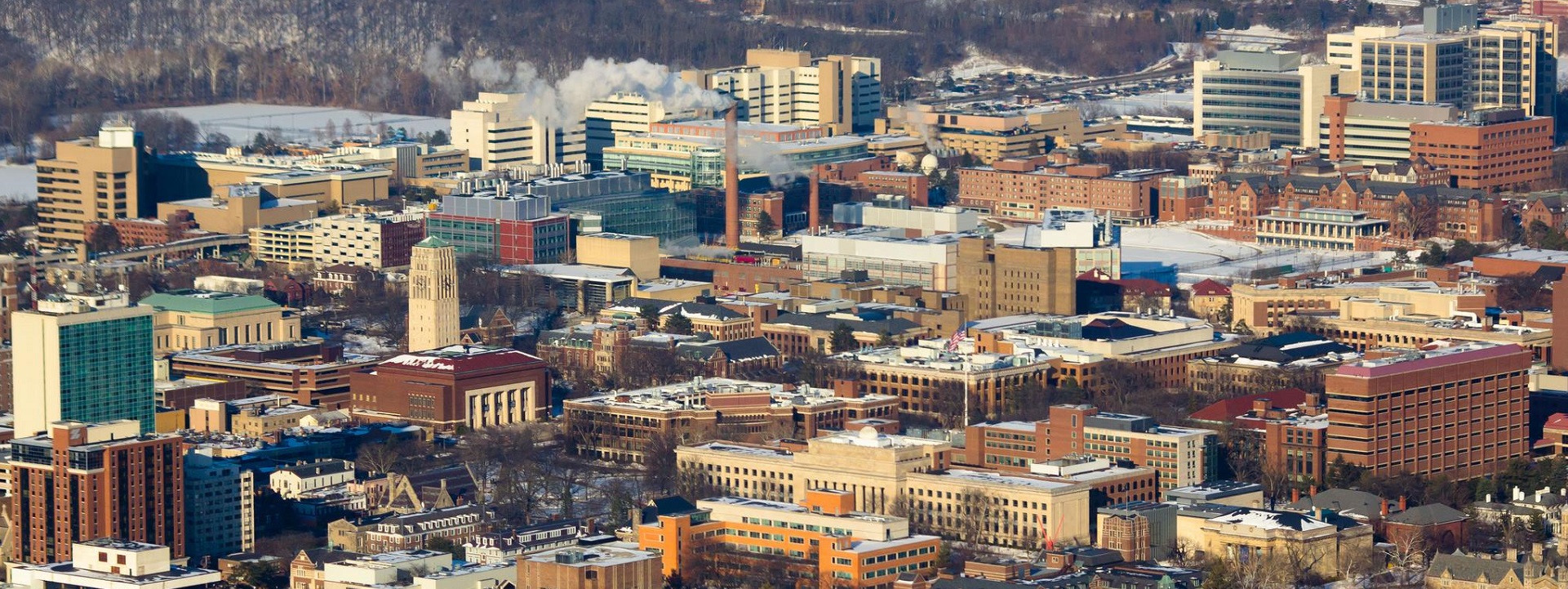
With some 36 million square feet under management — and one of the largest campuses in the United States exposed to extreme low temperatures — building industry professionals at the University of Michigan have some experience managing the competing requirements of safety and economy in heat tracing technology.
Kim DelPizzo
This content is accessible to paid subscribers. To view it please enter your password below or send mike@standardsmichigan.com a request for subscription details.
Snow Management
This time of year in the Northern Hemisphere we keep an eye on snow management standards; among them titles developed by the Accredited Snow Contractors Association. The barriers to entry into this domain are relatively low and, arguably undisciplined; hence the need for standards setting. Even when only partially adopted, use of ANSI accredited standards reduces the “wheel reinvention” that is common to the business side of the education industry when new initiatives, or continuous improvement programs are undertaken without consideration of already existing leading practice discovery by ANSI-accredited technical committees. Start here:
The parent title for the emergent ASCA bibliography is System Requirements for Snow and Ice Management Services; free to ASCA members. The current version is dated 2014 and will likely be updated and/or re-affirmed. The circumstances of the pandemic has slowed the work of many standards setting committees. The safety and sustainability concepts remain intact, however. Among them:
- If snow can be removed from a lot or hard surface and appropriate room exists, always push the snow as far back as possible beyond the curb or lot edge to make room for additional snow.
- If snow cannot be removed from a lot or hard surface, always place snow piles on a predetermined spot approved by the client and marked on the snow contractor’s preseason site report.
- Do not pile snow in a handicap parking space.
- Do not bury or plow snow onto a fire hydrant, post indicator valve, or fire hookup along the building wall.
- Avoid placement of snow piles where thaw/melt off can run across the parking lot surface. Try to place piles near drain grates to avoid icy situations during thaw-and-refreeze periods.
- Do not push snow against a building.
- Do not block building doorways or emergency exits.
- Do not block pedestrian walks or paths with snow piles.
- Do not push snow onto motor vehicles.
- Do not plow snow in front of or bury trash containers. Sidewalk labor must shovel inside trash container enclosure for access to the doors. If the container is not in an enclosure, create a clear path to the access doors or panels.
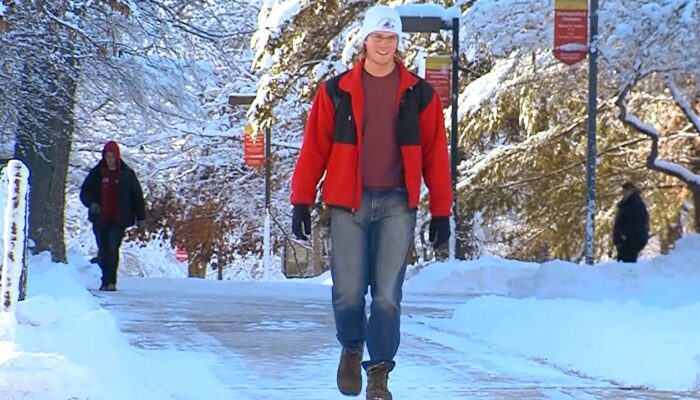
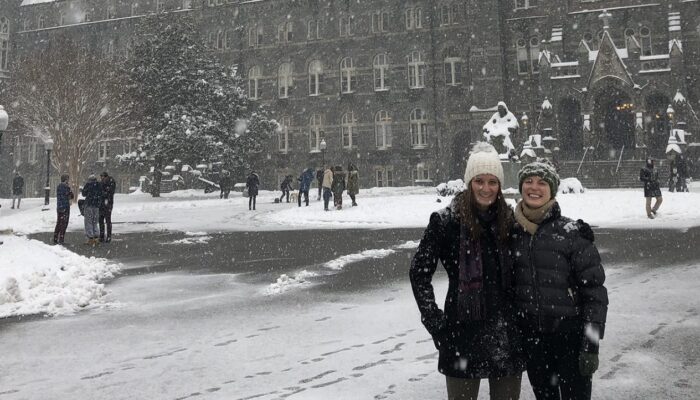
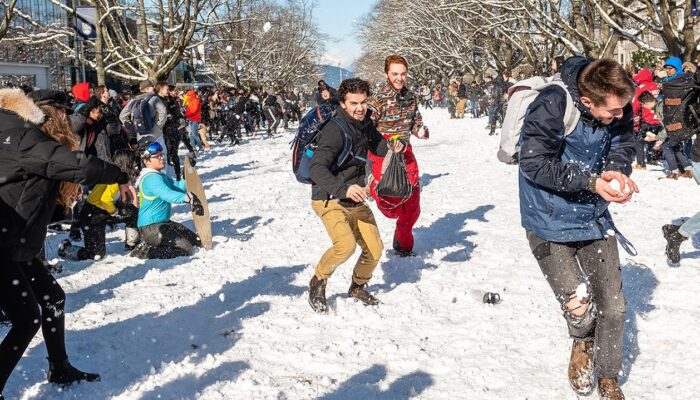
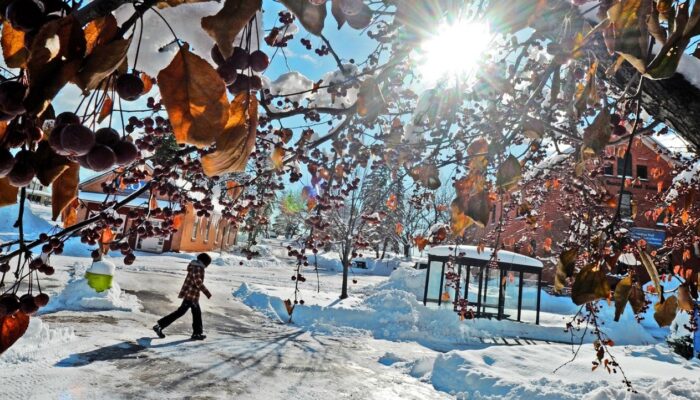
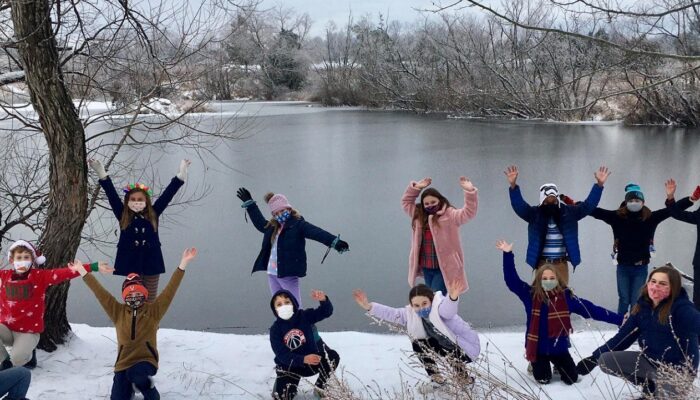
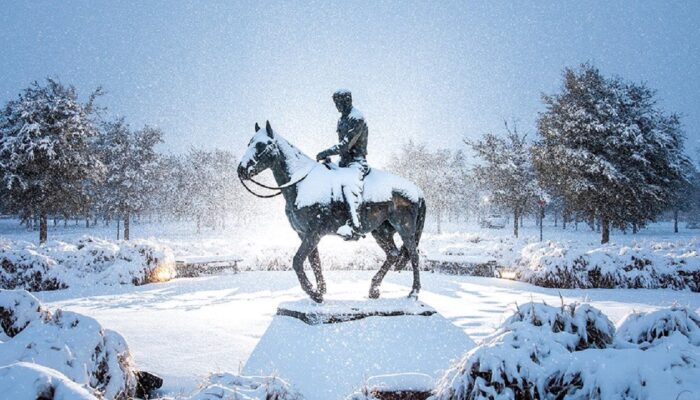

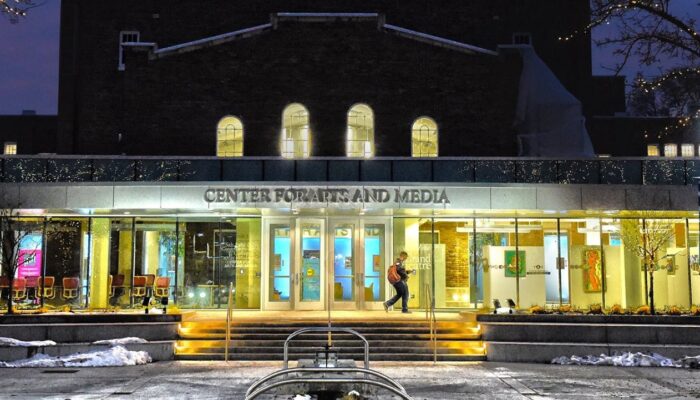
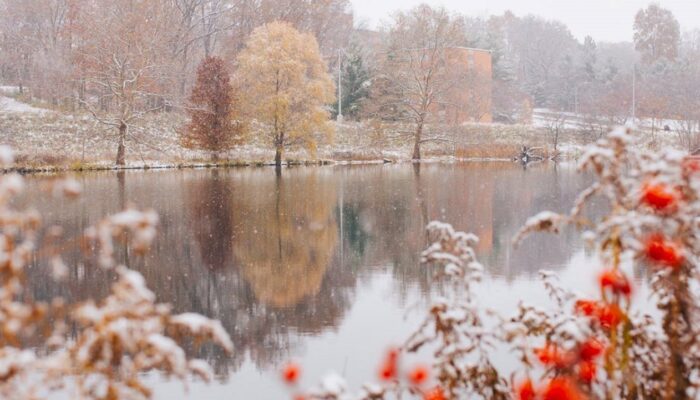
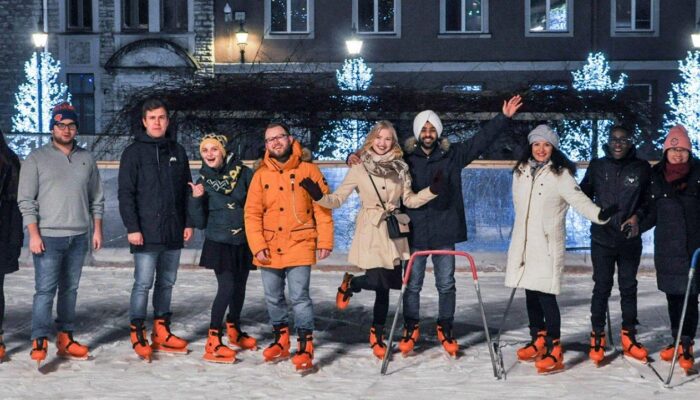
ASCA has more recently released another title — Standard Practice for Procuring and Planning Snow & Ice Management Services — that seems (by its title alone) to be a companion consensus product. From its prospectus:
This standard of practice covers essential procuring and planning for snow and ice management services. Standards for procuring and planning are essential for business continuity and to improve safety for patrons, tenants, employees, and others in the general public. Knowing how to describe service requirements in a snow and ice management request for proposal (RFP) is an important component to providing effective services, particularly where winter weather is a variable. This standard practice provides guidance on the snow and ice management procurement and planning process to aid in the creation of RFPs, contracts, agreements, and monitoring procedures. This standard will not be submitted for consideration as an ISO, IEC, or ISO/IEC JTC-1 standard.
Apart from these titles, we do not see any recent happening in the ASCA standards setting enterprise. We will pass information along as it becomes available. Alternatively, you may communicate directly with ASCA, 5811 Canal Road Valley View, OH 44125, Ph: (800) 456-0707. Most education communities employ a combination of permanent and contract staff for these services.
We maintain the ASCA bibliography on our Snow & Ice colloquia See our CALENDAR for the next online meeting; open to everyone.
Issue: [13-104]
Category: Grounds and Landscaping, Exterior, Public Safety, Risk Management
Colleagues: John Lawter, Richard Robben
More>>
New update alert! The 2022 update to the Trademark Assignment Dataset is now available online. Find 1.29 million trademark assignments, involving 2.28 million unique trademark properties issued by the USPTO between March 1952 and January 2023: https://t.co/njrDAbSpwB pic.twitter.com/GkAXrHoQ9T
— USPTO (@uspto) July 13, 2023
Standards Michigan Group, LLC
2723 South State Street | Suite 150
Ann Arbor, MI 48104 USA
888-746-3670



